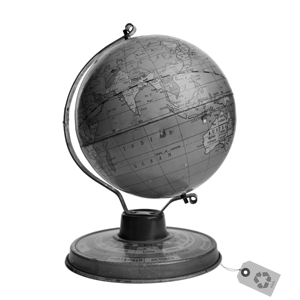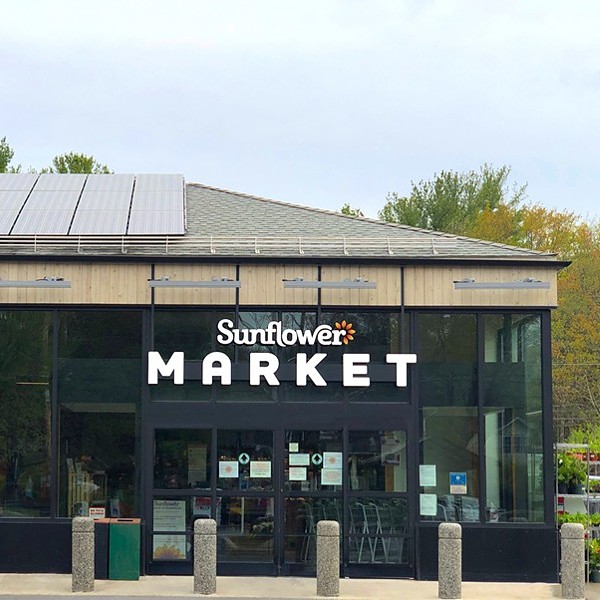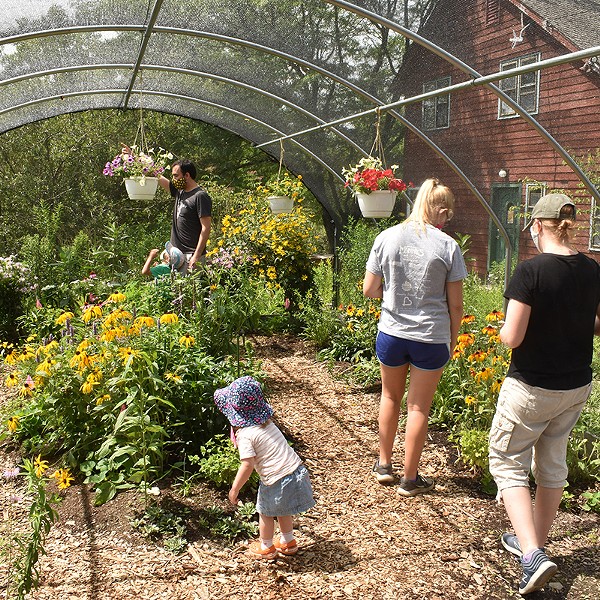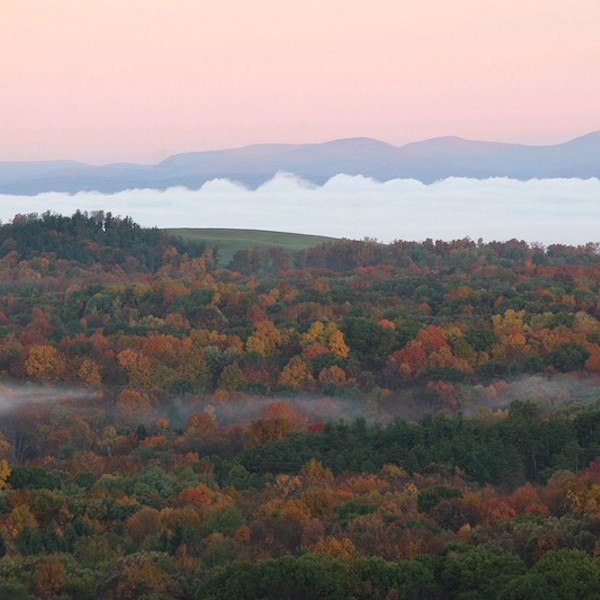For decades, living a “green” lifestyle was shrugged off as something solely for eccentric hippie types and social separatists, too far removed from consumerist reality to be appealing to most of us. But somewhere along the line, it became increasingly clear that socially and environmentally, we’ve been moving in a dangerous direction; eccentricity gave way to common sense, and green living went mainstream.
“Reduce, reuse, recycle” became a nationwide mantra, millions joined the organic panic, and Earth Day was named a national holiday. It was just a matter of time before environmentalism was given a marketing makeover, assigned a catchy acronym, and presented to us as something we all had to have. And so the myth about green living is that it is unattainable except to those with the other kind of green, and lots of it.
Fortunately, that just isn’t the truth, says Melissa Everett, executive director of Sustainable Hudson Valley. Real sustainable living, says Everett, is not just about the products we buy, but “the ways we find to deepen our connection with people and place so that we naturally take care of what’s around us and find ways to live creatively yet frugally.”
Indeed, a green lifestyle is accessible to anyone eager to refine their habits and willing to examine their consumer choices, their investment in their communities, and the impact that they can have, both on small and large scales. “We tend to think about sustainable living with the same American individualism and can-do attitude that we bring to other challenges,” says Everett, “but some of the necessary response is social. It’s one thing to cut your meat consumption down when you live alone, and another thing when your family’s choices are interdependent with yours. Living sustainably is not just about making initial choices, but having them survive” in our families and our communities. And despite the misconception that living sustainably requires independent wealth, there are plenty of things anyone can do to make a real difference that will cost next to nothing. Here are ten ideas to navigate the sea of green.
Seal Your Envelope
Though SUVs are every environmentalist’s favorite CO2 villain, the largest contributors to greenhouse gas emissions are our homes. You can reduce your carbon footprint—and your utility bills—by making sure your home’s attic and basement are properly insulated. “Go around with some cans of foam insulation,” advises John Wright, vice president of Hudson Valley Clean Energy. “Spray around doors and windows, any areas that penetrate the house, to seal the envelope. By tightening up the envelope of your house, you can reduce your energy consumption by up to 30 percent.”
While you’re at it, install a programmable thermostat. According to the Environmental Protection Agency, it can reduce your home’s CO2 emissions by about 1,500 pounds per year, not to mention it’ll save you about $150 annually on heating and cooling costs.
Manage Your Load
After you’ve sealed the envelope, says Wright, simple conservation steps in the house can reduce your electric load by up to 20 percent. “Turn lights off when you leave a room,” he says. “Replace your incandescent light bulbs with compact fluorescent bulbs,” which use about 75 percent less energy and last up to 10 times longer than incandescents.
Plug your computers and electronics into power strips and turn them off at the end of the day. “Home electronics, TVs, DVD players, computers, printers, faxes, all take a phantom load of electricity even when they’re turned off,” explains Wright. “That can add up to 10 percent of the total electrical load in the house.”
Turn Down the Waterworks
Water conservation is an effective step toward your greener life, and it doesn’t have to mean sacrificing your greenery. When you water your lawn, do it in the cooler hours of the morning or the evening. Make sure you set that sprinkler up so that it’s watering your grass—not the sidewalk or the street. Collect rainwater in buckets and barrels and use that to water your garden and shrubbery. Better yet, put some creativity and muscle into xeriscaping your yard—landscaping with plants that don’t require a whole lot of supplemental irrigation.
Inside the house, water-conserving shower heads, aerators, and flow restrictors can save up to 800 gallons of water per month. Take shorter showers. And only wash your clothes or your dishes when you’ve got a full load. It takes just as much energy to wash a few shirts as it does a week’s worth.

















